We have the pleasure of being joined by Paul Bellow of Yellow Pencil to chat all about building a niche agency and how transformative it can be.
About Paul Bellows
Paul Bellows is the President and co-founder of Yellow Pencil. Since 1996, his team has designed and built digital platforms, working alongside public sector clients. In short, he helps them to develop the operational maturity and cloud infrastructure that power exceptional experiences and service journeys.
As an award-winning folk-rock singer and songwriter, Paul was one of the first musicians to use the Internet for music promotion and sales, releasing four albums that have hit college top-10 lists across North America. An early adopter of digital streaming and e-commerce, Paul worked with UK-based Real World Records to distribute their catalog of music and interactive art throughout Canada and the US.
Originally a sideline for his professional music career, Paul’s passion for web content accessibility was a driving force behind Yellow Pencil, and they quickly moved towards collaborating with local government organizations to assure universal access. Paul currently works as part of a talented team of designers and technologists. Their ultimate aim? To support such clients as Toronto and Edmonton, the Government of Alberta, the Wharton School, plus many other government agencies and universities across North America.
Points of Interest…
- Evolution of the agency space 3:35
- Realizing you need to niche your agency 6:07
- Fear is a great motivator to niche your agency 10:07
- Speaking to your potential client’s pain point 18:02
- The power of positioning yourself 21:49
Evolution of the agency space
Today, I’m joined by a fellow Canadian and (dare I say) veteran of the agency space. A former professional and award-winning musician turned agency owner – turned agency specialist – Paul is uniquely positioned to discuss starting a digital agency before undertaking the process of niching down.
As for some further background; Paul and his team of “55 excellent humans” are a little different from your traditional marketing/website design agency. While they primarily design and build systems that governments use for communication and service delivery – with websites being at the hub of that – they focus more on AI-driven chat, service automation, moving things from offline into online, the digitization process, and the service redesign.
“We partner with these government organizations that are trying to become digitally mature – to meet citizens where citizens are at – usually on a mobile device. We want to provide a meaningful, usable, and accessible service interaction through this channel of choice, and that requires a lot of design work.”
For context, the company was founded circa 1996 – so Yellow Pencil was at the bleeding edge of a lot of web technology at the time. That said, it was around the early 2010s when Paul and Co. thought about working exclusively with these public organizations, doubling down on their unique POV on accessibility. How did they manage to generate business for twenty years without niching down?
“There was a period of time when knowing how to work in Flash was a skill. There was enough demand for people who knew how to work in Macromedia, then Adobe Flash… If you were quite good at it, you could charge a premium because there was so much demand for that technology. You didn’t need a marketing plan or a big sales strategy. You needed someone who could answer the phone and make estimates.”
As any seasoned agency owner knows, there is no better feeling than nailing the thing that everyone wants. However, the opposite is also true when the want inevitably wanes. There are so many cycles an agency owner goes through, especially in terms of technical evolution. For instance, the hot thing right now in 2023 is Webflow. And, as with all trends, this inevitably gives way to something else more elusive.
After all, once a trend becomes commodified, and everyone knows how to do it you can’t trade on it anymore.
Realizing you need to niche your agency
Once Paul had endured all the cyclical adrenal fatigue that comes with constantly chasing the next big trend, he came to the pivotal realization of meeting his target customer where they live.
“I need to not just know how to do things and wait until that becomes a hot commodity. I need to know how to solve the business problems of my customer, where they live every day, right? Like I need to be on the customer’s side. I need to sell what the customer’s pain point is.”
This was especially true in early 2020 when the whole world seemed to move to e-commerce courtesy of the pandemic. One of the COVID success stories was arguably Shopify, but – unlike previous decades – Paul didn’t learn everything one needed to know about working Shopify.
“Shopify was hot. That won’t be true forever, but it’s been true lately. Ultimately, what’s important is not ‘I know how to work Shopify.’ While you do need to be expert in the tool kit you use, what’s most important is knowing e-commerce as a whole.”
That means becoming an expert in all facets of transaction management, and the migration from being brick-and-mortar facing to e-commerce. If you can identify and solve the business problems such businesses face, irrespective of the toolkit, then you can fully inhabit your target customer’s world. This, dear reader, starts to ensure long-term business viability and the opportunity to scale, instead of relying on the next flash-in-the-pan to come along.
“You really need to move from your world into the customer world in that meaningful way in their language and solve their problems abstracted from the technology that you use, while managing and building a skillset of the technology. So, I think that’s just a part of the growth and maturity of any digital practitioner.”
***More insight on this from myself and Paul from 8:45 minutes***
Fear is a great motivator to niche your agency
When I ask Paul about the key motivating spark to realizing it was time to change focus and find an agency niche, his candid take is extremely refreshing.
“It’s what sparks change for anyone in business, or any human in their life, which is the fear of scarcity. Fear of running outta work.”
In Paul’s specific case; he had gone from this position where BizDev came through their commercial off-the-shelf software partners. These commercial CMS part content management system partners were bringing work in. That was their sales channel. So, when they put that product out to pasture, deeming it no longer relevant, YellowPencil quickly realized they didn’t actually have a BizDev strategy.
“We had absolutely no MO around our business. There was nothing that differentiated us. We didn’t have this tenure history of working in these Open Source platforms. We didn’t have this big portfolio of work. We didn’t have a really compelling story.”
To top things off, the company had grown from three people to 40+ people, with all the accompanying overheads and commitments. Plus, you need to build in certain things for people to stick around… In short, forget about making a profit, you’ll be lucky to regularly make payroll.
Once you lean into the white-hot fear of this prospect as a business owner, that’s a great motivation to devise your differentiation story. What sets you apart from your potential competitors?
“If you cost more, you need to be able to justify that cost to the customer. If you can’t, you’re not gonna win a lot of work or you’re gonna win work that isn’t profitable. That’s the situation we found ourselves in; we were selling a commodity into a highly commodified market. And we didn’t have cost on our side. We didn’t have time in the market on our side. So, we really needed to have a story we could tell.”
This is when the saying “write what you know” really comes into its own. What has your agency done? What stands out most from your portfolio? How can you build a story around what you have and can do? This, of course, needs to be genuinely supported by evidence-based work to date.
“We looked at it and said, ‘Well, the thing we’ve done most is institutionalized, regulated customers that either are government or a lot like government. And we actually know a lot about it. They all have similar problems and we have good solutions to those problems.”
***I dive headlong into how this relates to agency profitability from 13:13***
Speaking to your potential client’s pain points
It’s so interesting to me that Paul’s been around long enough to see a couple of cycles of this. It might seem novel to a lot of people; the idea that there’s a developer at Google making half a million dollars last year and now they’re getting laid off. Paul, however, has seen this movie before.
Through all of the noise and fog that comes with such a niching transition, when did he begin to realize that this new tack of specialization was actually working? What were the impacts that he bore witness to within the business that pointed to this direction being successful in the long term?
“Well, I’ll tell you when I get there! But there are certain things working, like when we started telling really focused stories at client shortlist presentations… We would just simply have a completely different story. We would speak to the client and they’d say ‘That’s actually our pain point’.”
You see, other agencies would go in there and regale their design process. Paul, on the other hand, would go in primed with solutions to the things that keep that potential client awake at night. Additionally, showing a client a portfolio of relevant work pertaining to their industry will also speak to them. You’re giving them the means to cross-check your work with one of their industry cohorts, and such positive references only build trust.
“We would say to clients, ‘You wanna do X? Here’s three times we’ve done X, we’re a reliable quantity, you can count on us.’ And our ability to charge started going up again.”
***More on the matter of avoiding price battles from 20:24***
The power of positioning yourself
So, at this point, I want to make sure we land the ship! For someone reading who’s coming to the realization that niching is necessary, what advice would Paul have for them as they start to go down this path of specialization?
“I think the best advice comes from the world of real estate, which is location, location, location, right? It’s all about where you’re positioned and where you sit.”
It might cost more to position yourself prominently, but you need to calculate the overall cost-benefit of it. Using Paul’s industry as an example; they looked at how the governmental bodies they service make their buying decisions. In short, they release RFPs, attend conferences, and undergo professional development by speaking to their peers, etc.
So how do you insert yourself into those scenarios and turn them into opportunities? How do you become present, and visible, and enter the thought stream of your customer?
“Where do lawyers spend their time? What magazines do they read? What conferences do they go to? What professional development activities do they take on? If you’re working in a geographic location, how can you own that city? If you’re trying to own a market, how do you own that market? How do you become present in that market?”
Show up with relevant content, a good story, and something that makes them excited about what’s gonna happen to them – not what is gonna happen to you. ***Paul dispenses more sage advice from 25:11***
Side note: do you have a process by which you can review your positioning on a regular cadence? The Agency Profit Toolkit includes meeting templates that you can install into your processes to make sure you’re staying ahead of the game. Get these, and more for, totally for free at the link below:
Key takeaway…
If you can speak to a potential client’s pain points, have a portfolio supporting this work, and have relevant references, then you’re on your way to successfully niche your agency! This narrative not only supports your expertize but bolsters your price point.
See more from Paul…
Did you learn anything new from this episode? Let us know in the comments below! We have helpful blogs designed to bolster your agency profitability, such as How To Calculate Your Billable Employee Cost-Per-Hour.
Our next installment of #APP, on July 12th, will see Marcel talk with Darian Kovacs for our 117th edition. Our previous blog – Episode 116 with Alyson Caffrey – can be viewed here…
Avid #APP Listener?!
We would be eternally grateful if you could leave us a review…
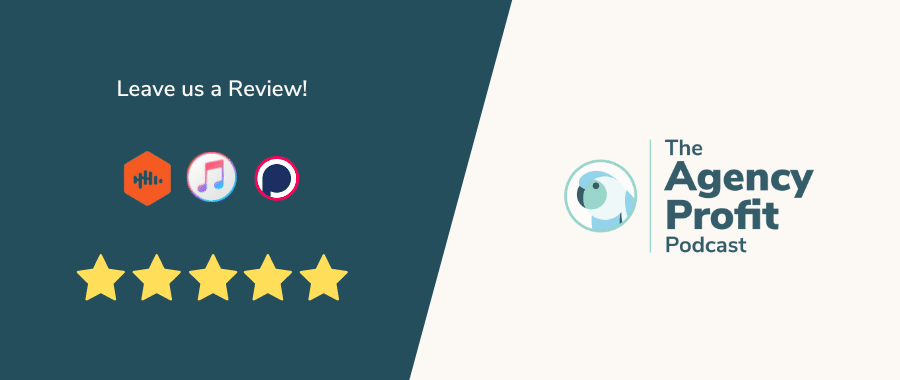
Agency Profitability Tool Kit
If you’re looking for more resources to help you improve your agency’s profitability, check out the Agency Profitability Tool Kit. It’s full of templates and checklists used when consulting clients. This helps them improve profitability by over 100% in under 60 days.
Fill out the form below for your copy!

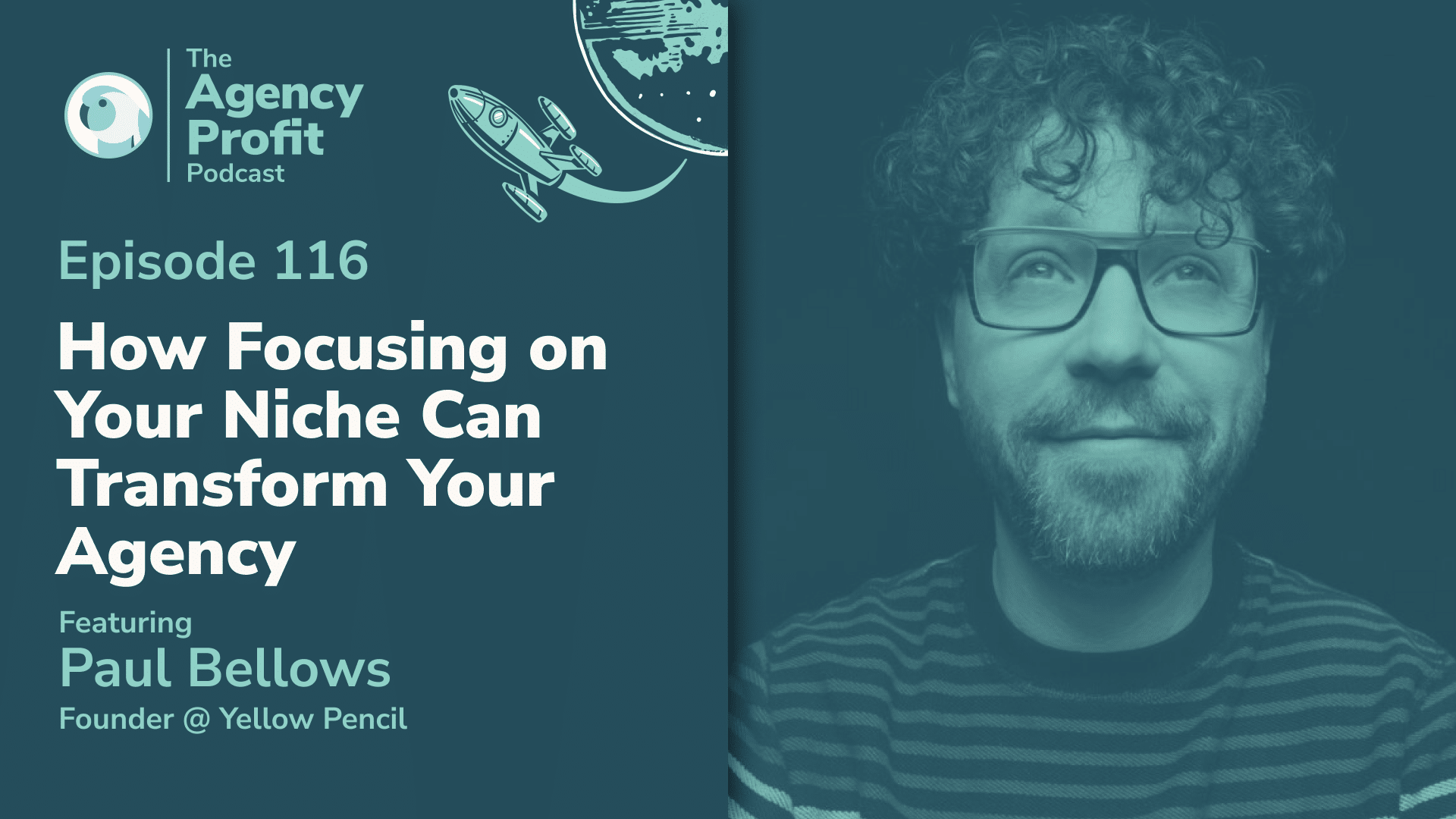
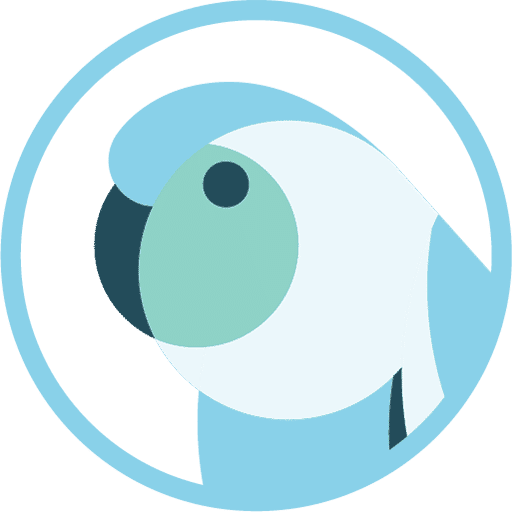

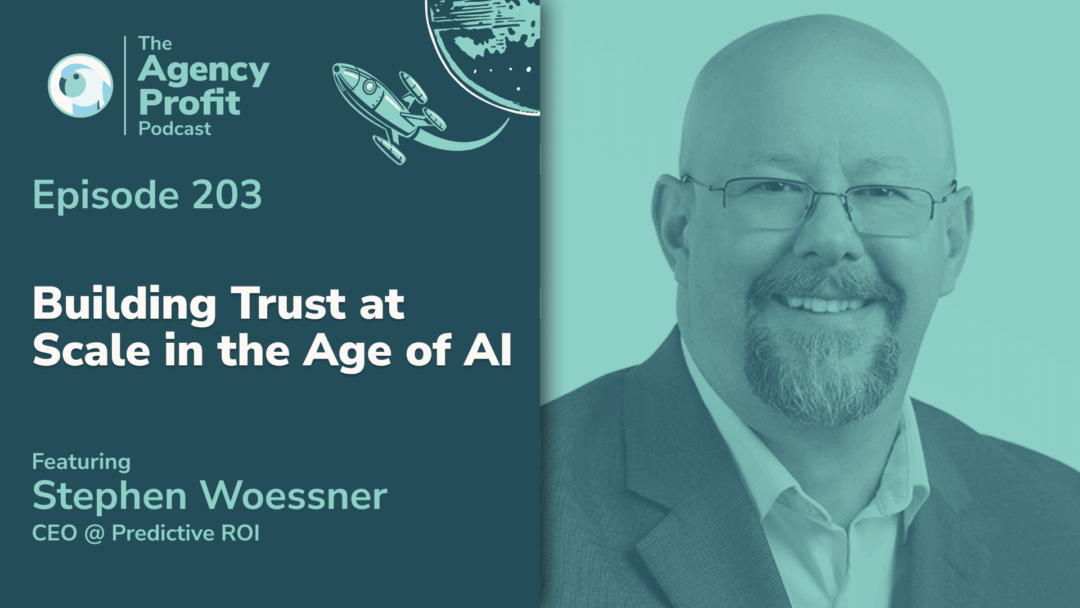
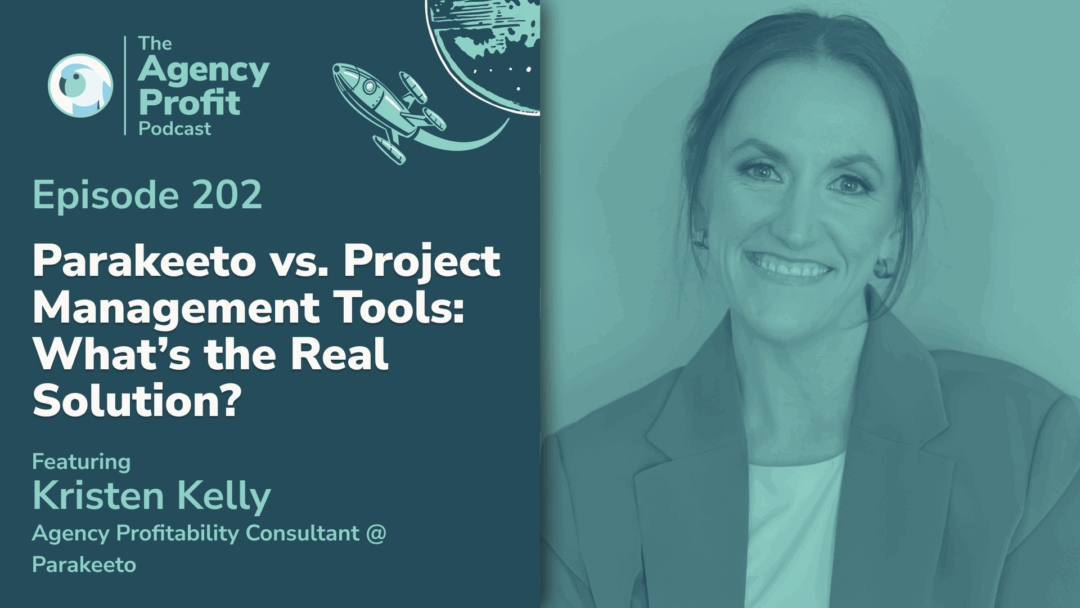
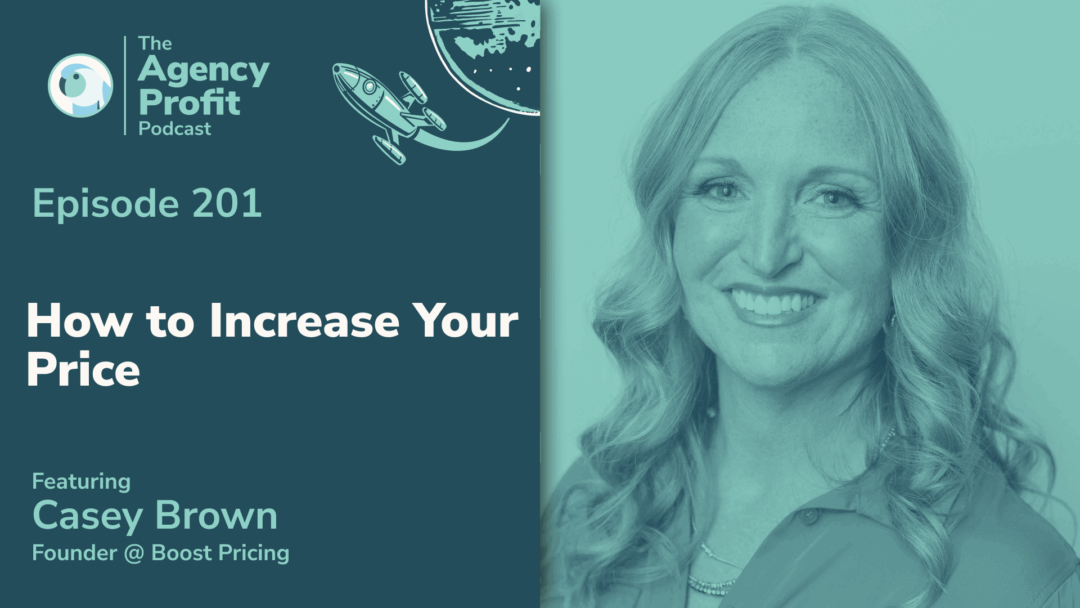

0 Comments